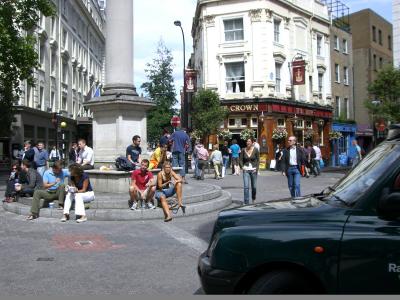
Partly Cloudy with a Chance of Slower Streets and "Good Congestion"
In Metropolis Magazine, CNU's John Norquist gives the one-, five-, and ten-year forecast for transportation
Submitted on 01/14/2010. Tags for this image:
Warning: Table './archive_cnu/watchdog' is marked as crashed and should be repaired query: INSERT INTO watchdog (uid, type, message, variables, severity, link, location, referer, hostname, timestamp) VALUES (0, 'php', '%message in %file on line %line.', 'a:4:{s:6:\"%error\";s:7:\"warning\";s:8:\"%message\";s:39:\"Invalid argument supplied for foreach()\";s:5:\"%file\";s:100:\"/var/www/archive.cnu.org/htdocs/sites/cnu.civicactions.net/themes/cnu/node-content_news_item.tpl.php\";s:5:\"%line\";i:27;}', 3, '', 'http://archive.cnu.org/cnu-news/2010/01/partly-cloudy-chance-slower-streets-and-good-congestion', '', '18.225.195.4', 1732634685) in /var/www/archive.cnu.org/htdocs/includes/database.mysql.inc on line 135
January is Metropolis Magazine's "What's Next?" issue, with 1-, 5- and 10-year forecasts on issues such as urban planning, energy and public health by a range of people known for being ahead of the curve.
CNU's John Norquist makes the most of his few paragraphs on what's ahead for transportation. Here are a few excerpts:
One year: "FEDERAL FUNDING: Unfortunately, that eighty-twenty split is unlikely to change [in transit’s favor] in the short run. It will change slightly in five years as states begin to apply value, instead of traffic reduction, as a measure for projects. Defeating congestion is the wrong goal. All the high-value locations are both urban and congested—congested with not only traffic but with money, people, great food, art, and music.”
Five year: "SLOWER ROADS...Transportation engineers don’t know how to build anything at the lower scale, even though all of the real estate value is in street blocks. But I think we’re going to win here. Why? Because the water conservationists won. If you look at water engineering fifty years ago, they were draining every wetland they could get their hands on, channelizing streams, creating giant structures. They now know that’s wrong. The accepted practice has changed. If you look at roads and streets in urban areas, the street grid is the wetland. It supports complex forms of life. It absorbs traffic, like a wetland absorbs water. I think there’s going to be that ‘Aha!’ moment when, suddenly, the transportation field changes.”
Ten year: "TRANSIT AS URBAN AMENITY — Transit will be more of a middle-class, upper-middle-class urban amenity. It won’t be perceived as just something for poor people anymore. The demographics of the United States are changing. There are a lot more single-person, small, and childless households. These are arrangements that tend to produce apartments, condos, and town houses, which are easier to load with transit. So I think the future is going to be more urban and more compact suburban.”

